January 7, 2015
Board Blog: Raising Expectations and Meeting Goals
Last Updated on January 7, 2015 by askcbiorg

The New Year’s parties are a memory. The top x lists of 2014 are old news. You have just returned to life as normal at your school and your media outlet. It is easy to put all of the new years thoughts behind you and just continue on the same road you have been on, but there is also an opportunity for you to do more, to raise the bar for what is expected and more importantly to help create a vision for the future of your student media outlet.
[fusion_builder_container hundred_percent=”yes” overflow=”visible”][fusion_builder_row][fusion_builder_column type=”1_1″ background_position=”left top” background_color=”” border_size=”” border_color=”” border_style=”solid” spacing=”yes” background_image=”” background_repeat=”no-repeat” padding=”” margin_top=”0px” margin_bottom=”0px” class=”” id=”” animation_type=”” animation_speed=”0.3″ animation_direction=”left” hide_on_mobile=”no” center_content=”no” min_height=”none”]

Will Robedee, CBI Executive Director
Leaders do not lead by tasking people to obtain unspoken goals. Leaders lead by creating large organizational goals which every part of the leadership team buys into and believes in. If every member of the leadership team strives to obtain a better level of existence and the end goal is a common goal, you will have a strong combined group effort to reach that goal. The individual tasks assigned to the leadership team will take on new meaning and provide the individuals with a motivation to achieve and complete those tasks.
In order for this to work, the common goal must be something that the vast majority of the leadership team can agree upon. One thing must be clear is that mediocrity and doing the same thing you have done for years will not continue to work. Audio and video based communication via outlets like yours has changed a lot in the last 20 years. Consumption of what you produce and what others produce has changed a lot in the last 5-10 years and it will continue to evolve. Likewise, what is expected of your organization is evolving. Whether those expectations are set by the schools administration, the student government, or the academic department, expectations are evolving. Student media outlets in most schools no longer exists because the participants want them to exist, but because they are seen as (dare I say it) an asset. If your organization is not serving the needs of those who fund it, those who are liable for its operations and those cannot find you in their current media consumption habits, you become irrelevant. If you are irrelevant to your sources of support, you will likely cease to exist.
Take stock of your media consumption habits and those of your peers. Take stock of those who you HOPE you are reaching with your operations. How do they consume media? How will they consume media in the next couple of years? Are you reaching them? Are you available to them? Are you delivering the experience they expect? More importantly, are you trying to reach the right audience which will provide you with the support you need?
For many student media outlets, the goal has not been to be the number one rated station, rather to provide education, insights into underexposed artists/genres, to educate students in the art of communication. This post is not meant to disrupt those goals but rather to help elevate the thought process of sustainability, at a minimum, while helping you to focus on what is essential to survive in your environment. This is not the same at all schools, but those running the station need to know and react accordingly. Despite altruistic goals, if the support is not there, you need to either develop the support for your current programming or change.[/fusion_builder_column][/fusion_builder_row][/fusion_builder_container]





